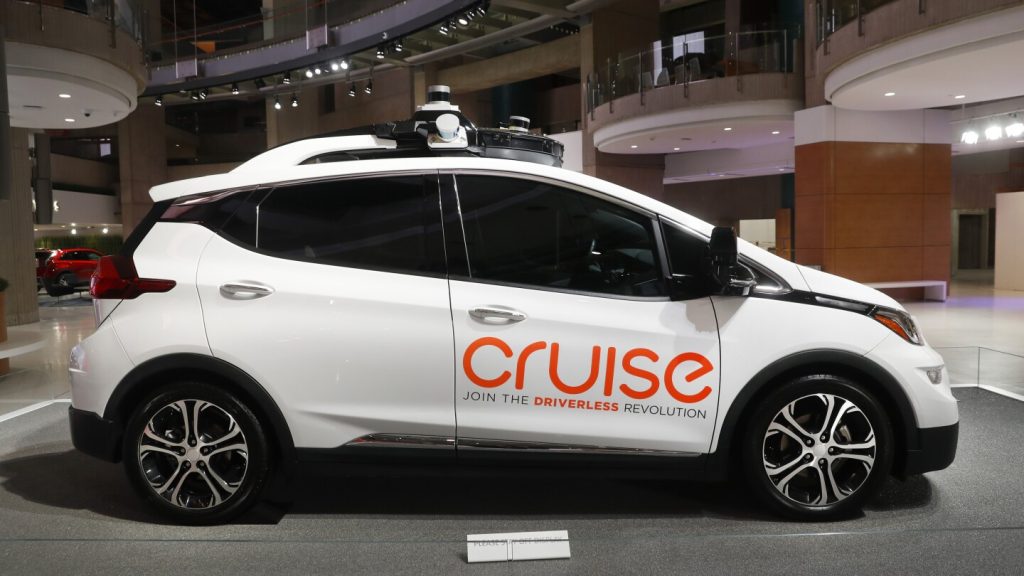General Motors’ Cruise autonomous vehicle unit has announced that it will begin testing robotaxis in Arizona this week, with human safety drivers on board. The testing will initially take place in Phoenix and then expand to other cities in the area. The vehicles will operate in autonomous mode, but human drivers will be ready to take over if necessary. Cruise suspended operations in October after an incident where one of its vehicles dragged a pedestrian, leading to further scrutiny and a shakeup in leadership.
The California Public Utilities Commission alleged that Cruise covered up details of the October incident for over two weeks, resulting in the suspension of its license to operate driverless vehicles in California. This incident led to a restructuring of the company’s leadership and a reduction in workforce as General Motors scaled back its self-driving technology ambitions. A new management team has acknowledged that Cruise did not fully inform regulators about the incident, leading to the current testing in Arizona as a step towards resuming driverless operations.
Experts believe that Phoenix is a good choice for Cruise to restart its operations due to less stringent regulations compared to San Francisco. The area’s broad streets and lower traffic volume make it a safer environment for testing autonomous vehicles. Phil Koopman, a professor at Carnegie Mellon University, praised Cruise for being conservative in choosing Phoenix for testing, calling it a smart move given the circumstances. The testing with human safety drivers onboard will allow Cruise to assess the vehicles’ performance and continue to improve its technology.
The deployment of robotaxis in Arizona marks a significant step for Cruise as it works towards resuming driverless operations after the October incident. The testing will focus on the vehicles’ safety and performance, with human drivers playing a crucial role in monitoring the technology. By gradually expanding the testing to different cities in Arizona, Cruise aims to demonstrate the reliability of its autonomous vehicles and rebuild trust with regulators and the public. The new management team at General Motors is committed to transparency and compliance as Cruise navigates the challenges of autonomous driving technology.
Overall, Cruise’s decision to resume testing in Arizona with human safety drivers demonstrates its commitment to ensuring the safety and reliability of its autonomous vehicles. By choosing Phoenix as a testing ground, Cruise can benefit from a more favorable regulatory environment and less complex road conditions compared to San Francisco. The company’s efforts to address the issues from the October incident and rebuild its autonomous technology program highlight its dedication to innovation and responsible development in the self-driving industry. As Cruise progresses with its testing in Arizona, it will continue to refine its technology and prepare for future deployments of driverless vehicles.


